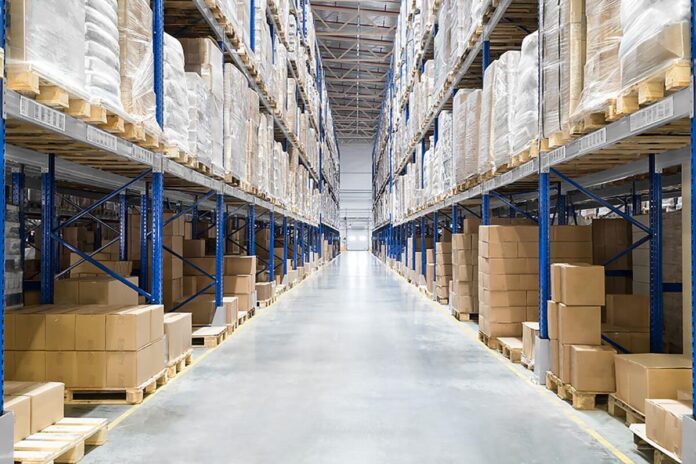The first step to improving your warehouse operations is organizing it. Your workers will spend less time picking up or storing product if your warehouse is well-designed. Software integration is easier when your warehouse is well-organized. You have many options to maximize the efficiency of your facility regardless of how small it is. Here are some warehouse storage solutions provided by industry experts like Aw Structures that would help you in improving warehouse inventory storage management.
1. Communicate with employees
Discuss with each employee what their tasks are. Use two-way radios or cell phones for communication with your workers. You can communicate with your workers in real time based on the information provided by your warehouse management software. Radios allow you to get immediate feedback from employees.
2. Optimize the Warehouse Layout
A well-designed warehouse is key to a smooth operation. Your facility must be safe and comfortable for workers to use. Clear instructions reduce the likelihood of mistakes and waste time.
3. Storage Solutions
You don’t need to eliminate aisles in order to make more racks. Instead, optimize your storage space. Racks that stack goods higher can be retrieved with forklifts and automated retrieval systems. You can store more in your warehouse by using vertical space.
No matter how you store your products, it is important to keep accurate inventory numbers. You must also keep updated maps of your warehouse so that workers know where to go. You should also update images on boxes and aisles if you have to move products or if they change in appearance.
4. Picking
Although warehouse organization and layout can reduce time taken by workers to reach the right area to pull products, accuracy can still be improved.
Start integrating wearable and handheld scanning devices into your operation if your facility doesn’t have them. These devices can alert workers if they scan the wrong item. This will prevent mistakes in picking. If the wrong goods leave your facility, it can reduce customer satisfaction. If a worker fails to notice an error before shipping, the facility will lose productivity due to the additional time it takes to replace the product and pull the correct one.
5. Receiving
Picking and shipping can take up a lot of space in your warehouse, so make sure you have enough space for your receiving staff.
Workers can arrange products in the receiving area depending on their intended place. There must be enough space for workers to store the goods temporarily until they are ready to move them. Also, workers will be able to scan new products into their inventory control system if there is enough space in the receiving area.
Give your employees the space they need and make sure you keep your records up-to-date by giving them the right amount of inventory. Your workers will be able to store the goods for future use if they can quickly input the items into the catalog.
6. Review
You will never be able to complete your warehouse organization and layout changes. You should organize in a way that is permanent and where you continuously seek improvements in efficiency, productivity, and other aspects.
Your business will continue to change over the years so don’t stop updating your warehouse. Your warehouse should be flexible enough to accommodate your business’s growth. Buy shelving that can be expanded. To ensure your inventory is stored efficiently, you should make frequent changes at slower times.
You should keep the most popular items near your shipping dock. Seasons may alter the selection. To ensure that your facility is at its best, you may have to shift stock from time to time.

